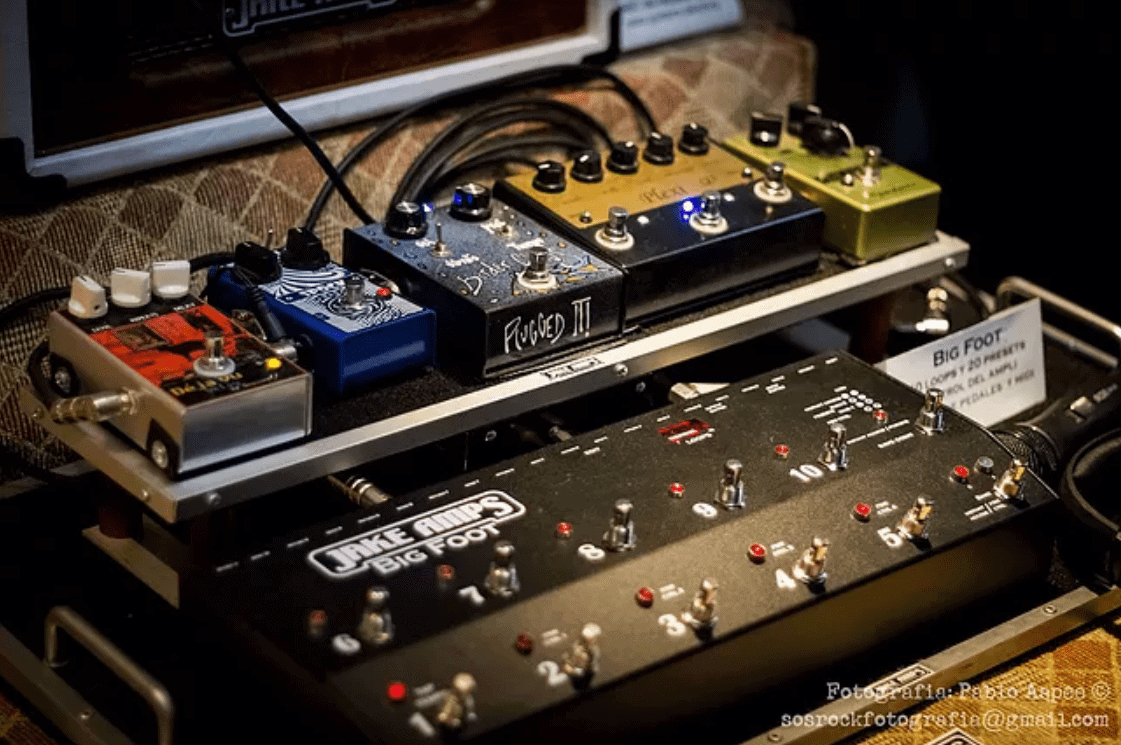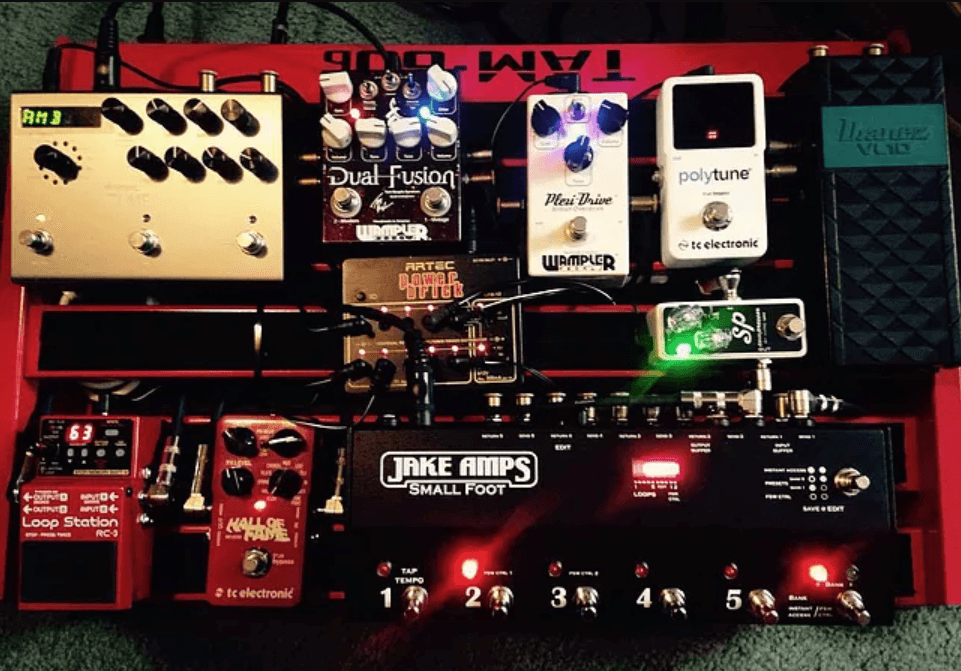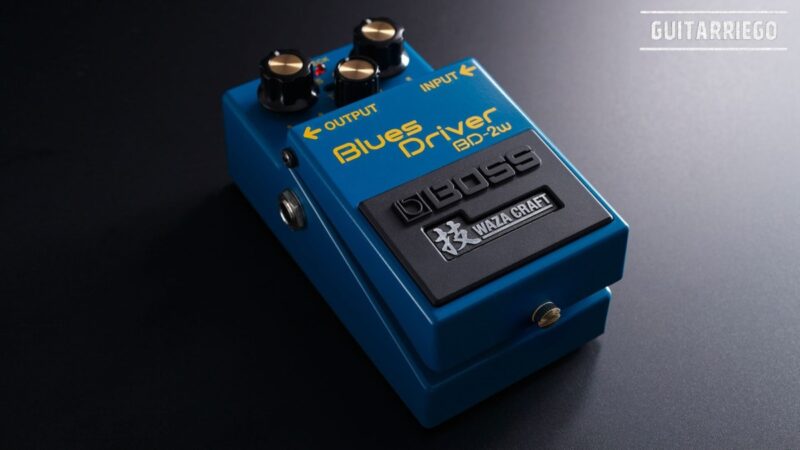Pedalboard Power Supply: everything you have to know

By Eric Jacobs (*)
It is common that when populating our pedalboard we resort to a power plant or power supply to power our pedals, but there are several things that we must take into consideration.
Pedal Power Supply
There are a huge amount of pedals, and there are many very old ones that did not use the Boss standard to power them. The Boss standard is 9Vdc with a negative center, a 5.5mm plug and a 2.1mm pin. But there are many other possibilities regarding the type of plug, ground connection, polarity, etc. There are even pedals that work with alternates, generally those use a 2.5mm pin. For example, the PNP Germanium Fuzz using the positive ground. This makes the use of the same font incompatible for everyone, unless it includes all these possibilities.
Many pedals have reverse polarity protection, so if the voltage is plugged in with reverse polarity, an internal diode limits the voltage to 0.6V to prevent damage to the pedal, but a significant current will flow that It depends on the capacity of the used output of the source. If that output limits at 100mA there is no problem, but if the output limits at 1.5 or 2A, the protection diode could burn out and end up burning the pedal.
Power plants and their specifications
Most of the power plants use a switching source to lower 220Vac or the nominal voltage of the country, to a continuous voltage of between 12 to 24Vdc. The advantage of these switching sources is that they adapt to voltages from 100 to 240Vdc without the need to touch anything, it is only necessary to use a socket adapter to adapt to the tab of each country.

After the switching source come linear regulators that eliminate residual switching noise and deliver 9Vdc for each output. Those regulators have short circuit protection, which can be 100mA, 1A or more. This is what is indicated in each of the outputs. It is the limit when a short circuit is caused (connect the positive with ground). When we connect a pedal to a 100mA output, 100mA will not circulate, only what the pedal needs will circulate. If the pedal consumes more than 100mA the output will close due to overcurrent and the pedal will not work. Other times it happens that the consumption is too much for an output and limits by temperature, and this does it cyclically, because it cuts, cools, re-energizes, reheats and cuts again.
In general, the pedal consumption is indicated on the pedals. Analog pedals rarely draw more than 100mA. Digital pedals rarely draw less than 200mA, and this helps us distinguish one family from the other.
Digital or analog pedals
We need to know if the pedal is digital or not because we cannot feed digital pedals with sources that have common ground. If we do that, process noise is put into the audio chain. Beeps that vary in frequency are heard when we vary the setting of the digital pedal.
There are pedal power supplies that have floating outputs, this means that they do not have the common ground. These sources allow you to power digital and analog pedals simultaneously without problem.
The other problem with using common ground is the formation of mass loops. A loop is formed for each interpedal. Likewise, the noise that this generates can be reduced if we distribute the power cables well glued to the interpedals to reduce the loop area. And in parallel we move away from the pedalboard the transformers, which are the ones that produce noisy magnetic fields.
(*) The author is the renowned manufacturer of amplifiers, pedals and other products “Jake Amps”.
Related Articles: Best 12 tips and tricks to setup your pedalboard.
For more information and other tips, head over to Guitar Quarter.
You can share opinions or also chat about this and more with other musicians in our comments section.






